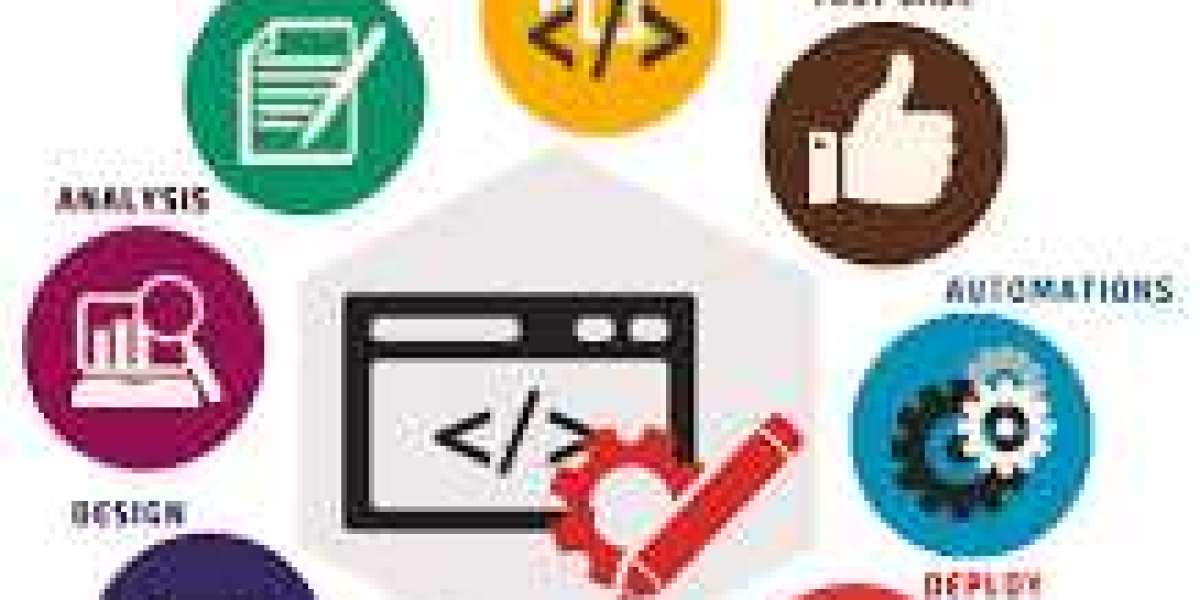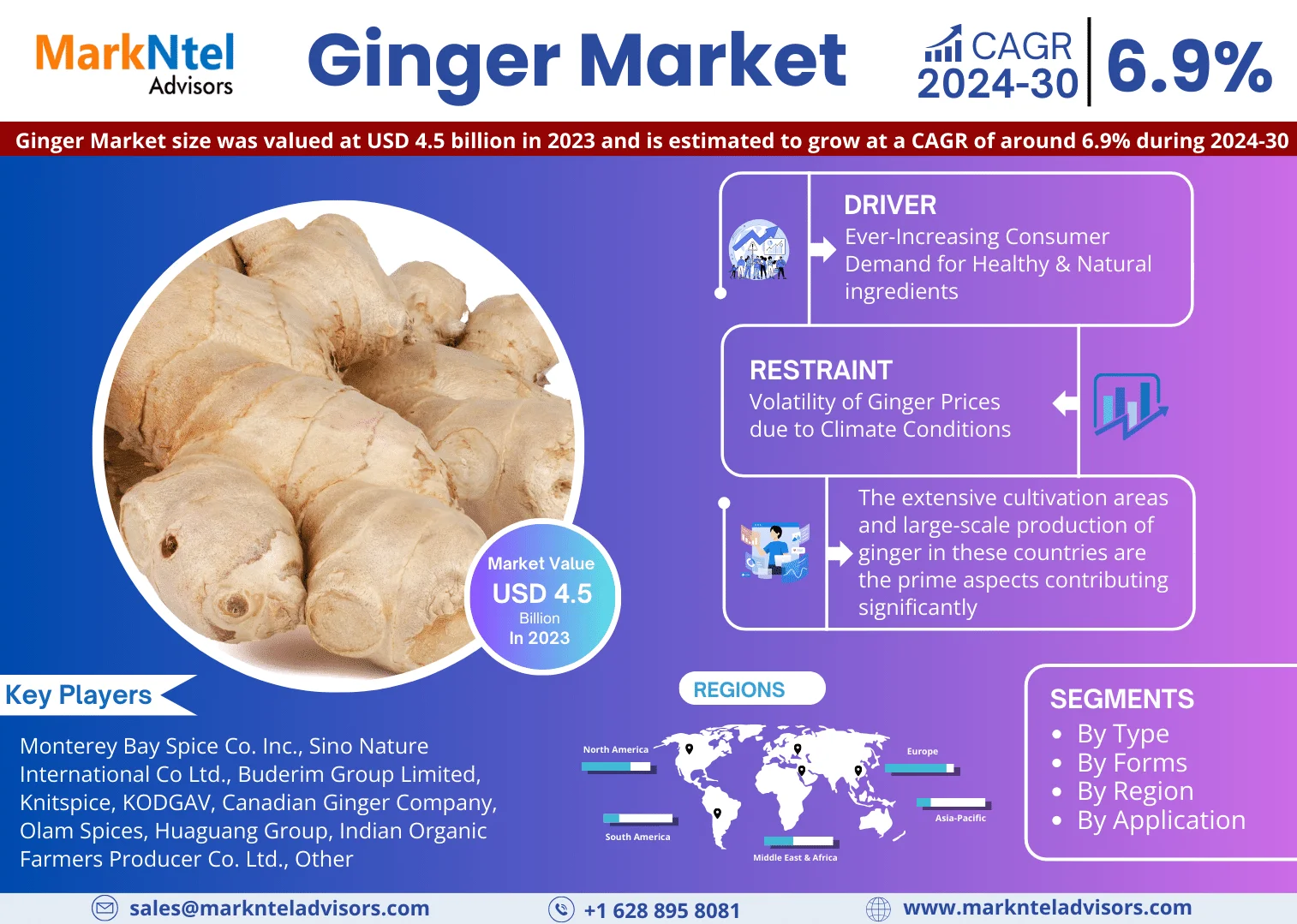People who read voraciously, love books, have long memories, and talk to others who share their interests. Therefore, if you're a writer self-publishing your work and aspiring to a career as an author, take book printing very seriously. More than 80 percent of books are still read in physical copy form, and yours needs to measure up. You'll go up against titles from established traditional publishing houses with significant resources. If your book's print job is substandard in any way, readers (and librarians) will notice. You want everything to contribute to a favorable impression of your work.
Depending on the size and look of your book, considerations about its size and quality may lead you to question the wisdom of using print-on-demand. Many self-publishers use on-demanding printing to lower their costs and take care of order fulfillment. But, at best, it's a template system that reduces your choices and may limit the quality of your books. For example, it may be a challenge if you want a smaller "pocket size" book. If you're printing a large book heavy on photographs, you'll surely want to use a full-service printer. The goal is to produce a great-looking book that makes an excellent first impression.
Considering whether you'll benefit from following the classic model of releasing your book first as a hardcover is also interesting. Then, later, follow up with paperback editions. If you follow that model, working with a full-service printer helps. Today, many businesses and corporate professionals write and publish books for their PR and promotional value. If you're one of them, your image means a lot, and you want top-notch printing. Your competitors are putting their best foot forward, and you must do the same. You may be surprised by the competitive price depending on the number of books you print.
Digital printing has made it possible to print books in smaller quantities for an affordable price per copy, but it never achieves the economies of offset printing. If you can confidently sell 2,000 or more books, it's wide to look at offset. It carries pre-production costs, but it becomes affordable when they are prorated across a couple of thousand copies. Higher-quality printers can also offer options like embossing on the cover, foiling, and other techniques. Some books benefit from them significantly.








